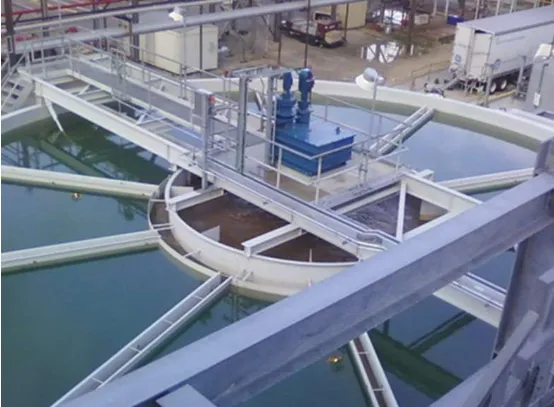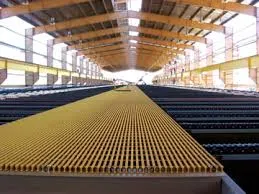
-
 Afrikaans
Afrikaans -
 Albanian
Albanian -
 Amharic
Amharic -
 Arabic
Arabic -
 Armenian
Armenian -
 Azerbaijani
Azerbaijani -
 Basque
Basque -
 Belarusian
Belarusian -
 Bengali
Bengali -
 Bosnian
Bosnian -
 Bulgarian
Bulgarian -
 Catalan
Catalan -
 Cebuano
Cebuano -
 China
China -
 China (Taiwan)
China (Taiwan) -
 Corsican
Corsican -
 Croatian
Croatian -
 Czech
Czech -
 Danish
Danish -
 Dutch
Dutch -
 English
English -
 Esperanto
Esperanto -
 Estonian
Estonian -
 Finnish
Finnish -
 French
French -
 Frisian
Frisian -
 Galician
Galician -
 Georgian
Georgian -
 German
German -
 Greek
Greek -
 Gujarati
Gujarati -
 Haitian Creole
Haitian Creole -
 hausa
hausa -
 hawaiian
hawaiian -
 Hebrew
Hebrew -
 Hindi
Hindi -
 Miao
Miao -
 Hungarian
Hungarian -
 Icelandic
Icelandic -
 igbo
igbo -
 Indonesian
Indonesian -
 irish
irish -
 Italian
Italian -
 Japanese
Japanese -
 Javanese
Javanese -
 Kannada
Kannada -
 kazakh
kazakh -
 Khmer
Khmer -
 Rwandese
Rwandese -
 Korean
Korean -
 Kurdish
Kurdish -
 Kyrgyz
Kyrgyz -
 Lao
Lao -
 Latin
Latin -
 Latvian
Latvian -
 Lithuanian
Lithuanian -
 Luxembourgish
Luxembourgish -
 Macedonian
Macedonian -
 Malgashi
Malgashi -
 Malay
Malay -
 Malayalam
Malayalam -
 Maltese
Maltese -
 Maori
Maori -
 Marathi
Marathi -
 Mongolian
Mongolian -
 Myanmar
Myanmar -
 Nepali
Nepali -
 Norwegian
Norwegian -
 Norwegian
Norwegian -
 Occitan
Occitan -
 Pashto
Pashto -
 Persian
Persian -
 Polish
Polish -
 Portuguese
Portuguese -
 Punjabi
Punjabi -
 Romanian
Romanian -
 Russian
Russian -
 Samoan
Samoan -
 Scottish Gaelic
Scottish Gaelic -
 Serbian
Serbian -
 Sesotho
Sesotho -
 Shona
Shona -
 Sindhi
Sindhi -
 Sinhala
Sinhala -
 Slovak
Slovak -
 Slovenian
Slovenian -
 Somali
Somali -
 Spanish
Spanish -
 Sundanese
Sundanese -
 Swahili
Swahili -
 Swedish
Swedish -
 Tagalog
Tagalog -
 Tajik
Tajik -
 Tamil
Tamil -
 Tatar
Tatar -
 Telugu
Telugu -
 Thai
Thai -
 Turkish
Turkish -
 Turkmen
Turkmen -
 Ukrainian
Ukrainian -
 Urdu
Urdu -
 Uighur
Uighur -
 Uzbek
Uzbek -
 Vietnamese
Vietnamese -
 Welsh
Welsh -
 Bantu
Bantu -
 Yiddish
Yiddish -
 Yoruba
Yoruba -
 Zulu
Zulu
Jan . 17, 2025 03:16
Back to list
frp pipe saddle
FRP (Fiber Reinforced Plastic) pipe saddles are a vital component in the infrastructure of industries where corrosive and harsh environmental conditions are prevalent. These saddles offer support and stability to pipelines, which are essential for the reliable transport of fluids and gases. The increasing demand for durable and long-lasting solutions in various sectors highlights the significant role that FRP pipe saddles play. Their unique composition and properties make them an unparalleled choice for industries focused on longevity and efficiency.
Testing and certification are crucial in establishing the trustworthiness of any industrial component. FRP pipe saddles undergo rigorous assessments to meet international standards. These standards ensure that the products can withstand specific pressure ratings and environmental conditions. When purchasing FRP pipe saddles, consumers should look for products that have certifications from reputable organizations, which confirms the manufacturer's commitment to quality and safety. One often overlooked aspect of FRP pipe saddles is their sustainability. As the conversation around environmental conservation intensifies, industries are increasingly adopting eco-friendlier practices. FRP materials are known for their recyclability, and manufacturers are continually exploring methods to enhance the sustainability aspect of their production processes. This adaptability not only benefits the environment but also aligns with corporate social responsibility goals. Field experiences from engineers and pipeline operators often highlight the superior performance of FRP pipe saddles in real-world applications. For instance, in coastal installations, where saltwater-induced corrosion is a constant threat, the use of FRP saddles significantly reduces maintenance frequency and downtime. Testimonials from these professionals provide firsthand insights into the advantages of choosing FRP over traditional materials. In conclusion, the choice of FRP pipe saddles is backed by their unique attributes of corrosion resistance, lightweight strength, thermal stability, rigorous testing, and sustainability. These factors contribute to their status as a preferred solution for supporting pipeline systems in demanding environments. Industries prioritizing durability and efficiency stand to gain substantially from integrating FRP pipe saddles into their operations, making them an investment in the long-term reliability and success of their infrastructure projects.


Testing and certification are crucial in establishing the trustworthiness of any industrial component. FRP pipe saddles undergo rigorous assessments to meet international standards. These standards ensure that the products can withstand specific pressure ratings and environmental conditions. When purchasing FRP pipe saddles, consumers should look for products that have certifications from reputable organizations, which confirms the manufacturer's commitment to quality and safety. One often overlooked aspect of FRP pipe saddles is their sustainability. As the conversation around environmental conservation intensifies, industries are increasingly adopting eco-friendlier practices. FRP materials are known for their recyclability, and manufacturers are continually exploring methods to enhance the sustainability aspect of their production processes. This adaptability not only benefits the environment but also aligns with corporate social responsibility goals. Field experiences from engineers and pipeline operators often highlight the superior performance of FRP pipe saddles in real-world applications. For instance, in coastal installations, where saltwater-induced corrosion is a constant threat, the use of FRP saddles significantly reduces maintenance frequency and downtime. Testimonials from these professionals provide firsthand insights into the advantages of choosing FRP over traditional materials. In conclusion, the choice of FRP pipe saddles is backed by their unique attributes of corrosion resistance, lightweight strength, thermal stability, rigorous testing, and sustainability. These factors contribute to their status as a preferred solution for supporting pipeline systems in demanding environments. Industries prioritizing durability and efficiency stand to gain substantially from integrating FRP pipe saddles into their operations, making them an investment in the long-term reliability and success of their infrastructure projects.
Next:
Related Products









